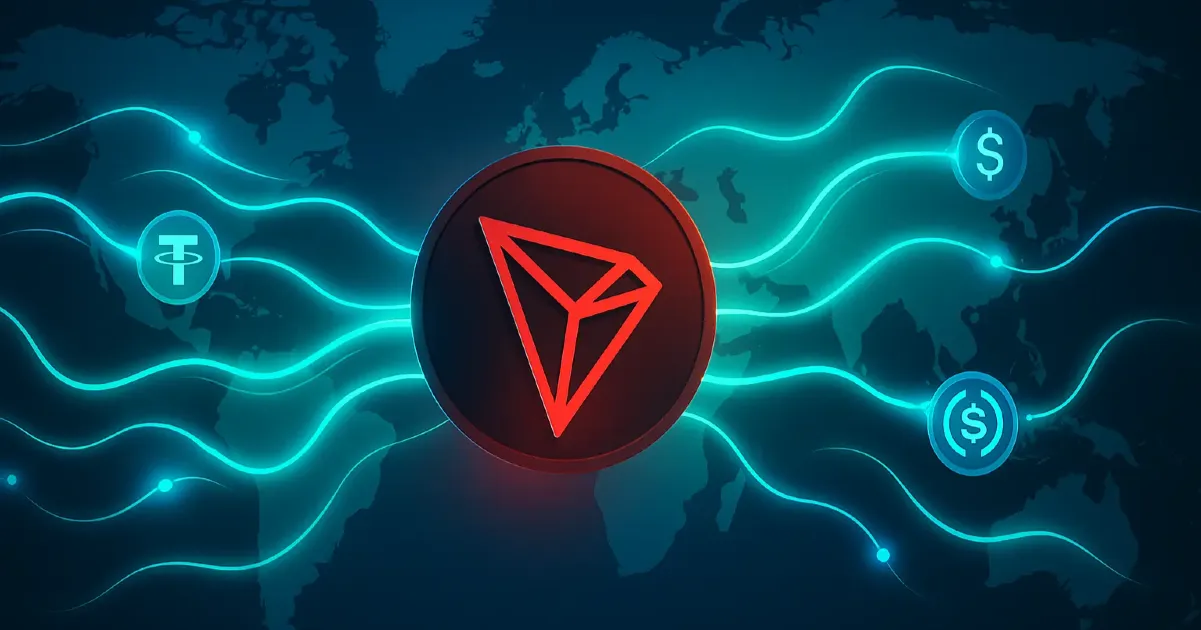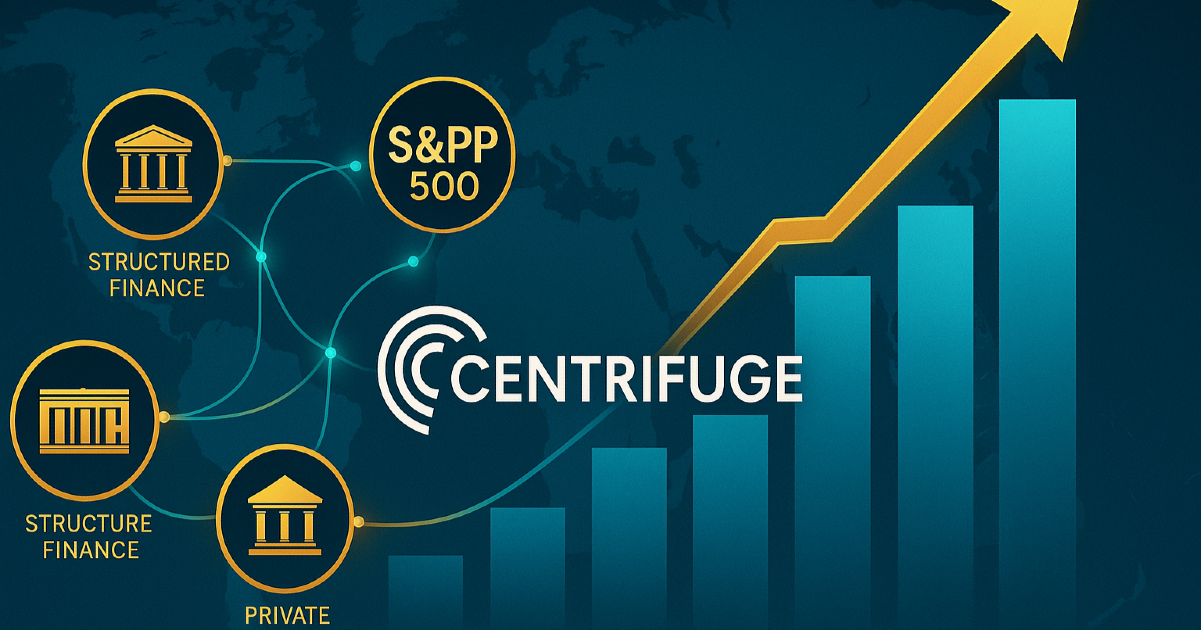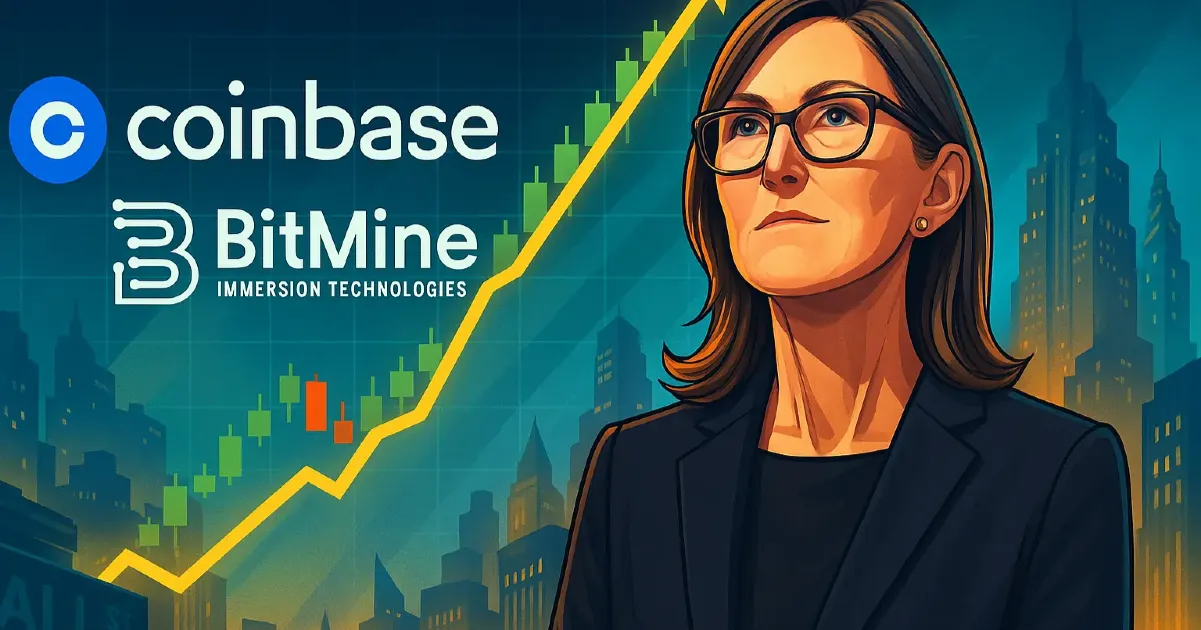Tron is quickly emerging as the go-to blockchain for stablecoin settlements, with soaring wallet numbers and billions in daily transfers by mid-2025.
Not too long ago, Tron was often mentioned in passing when discussing major blockchain networks. Ethereum, Bitcoin, and maybe Solana got the limelight. But while the crypto world chased the next big hype cycle, Tron was quietly carving out a niche. Today, according to its mid-2025 report, Tron isn't just a player in the stablecoin game; it might be the backbone.
The shift happened slowly. Then All at Once.
A few years ago, most stablecoin transactions took place on Ethereum. But high fees and congestion drove people to look elsewhere. Tron stepped in with a simple promise: make stablecoin transfers faster and cheaper. And that’s exactly what it delivered.
Today, Tron processes billions in stablecoin volume daily. USDT is thriving on the network. Wallet addresses have surged. And DeFi activity, especially involving stablecoins, has hit all-time highs on the chain.
It’s not just a lucky trend. It’s deliberate. And it seems to be working.
Fees and Speed: Why Users Are Choosing Tron
Let’s get real; people move money where it costs less and works faster. Ethereum’s gas fees have always been a pain point. On Tron, it costs cents to send stablecoins. That’s a big deal, especially for users in developing countries or people making frequent remittances.
And speed? Most transactions on Tron clear in seconds. That kind of efficiency is gold for anyone building apps that rely on fast, final payments. Whether it’s a lending platform, a payment rail, or a trading bot, you want your money where it moves.
More Wallets, More Movement, More Relevance
The data backs it up. Tron’s mid-year update shows the number of wallets interacting with stablecoins doubling since the start of the year. Trading volume, especially involving USDT, has climbed steadily. There’s real, sticky usage, not just whale activity or speculation.
Even DeFi builders are flocking to Tron. Liquidity is thicker, yields are higher, and the entry barrier for users is much lower. It’s not as flashy as other ecosystems, but it works. And that’s attracting both developers and users who want function over fashion.
But It’s Not Just About the Tech
Yes, fast and cheap are great, but there’s more to Tron’s story. Its governance model gives stakers real power. That means upgrades happen faster. Bugs get fixed quickly. And the community, though quieter than Ethereum’s, has a say in where the chain goes.
Tron also understands the value of ecosystem deals. The network has been securing low-key partnerships with wallets, remittance platforms, and fintech startups. The result? You don’t just see Tron in crypto circles; you see it in payment apps, loyalty platforms, and even behind-the-scenes treasury rails.
Ethereum Still Rules the Headlines, but Tron’s Winning in Practice
Ethereum is still the king of decentralization. No question. But when it comes to settling stablecoin payments quickly, efficiently, and at scale, Tron is starting to look like the adult in the room.
This isn't about replacing Ethereum; it’s about specialization. Ethereum remains the home for high-end smart contracts and NFT innovation. Tron is becoming the infrastructure layer for something more grounded: money movement.
And in a world where stablecoins are becoming the backbone of digital finance, that’s no small feat.
The Growing Stakes
Of course, growth brings pressure. Tron now handles massive volumes of value, which means scrutiny is bound to follow. Can its governance stay transparent as power concentrates among validators? Will regulators take aim as stablecoin flows increase? These are fair questions and ones the Tron Foundation will have to navigate carefully.
There’s also the question of sustainability. Can Tron keep fees low and speeds high as adoption scales even more? So far, it’s managing well. But scaling a blockchain is never simple.
What Comes Next?
Tron’s roadmap suggests it isn’t slowing down.
Expect tighter bridges to other chains like Ethereum, Bitcoin, and maybe even Solana. There’s talk of native stablecoins. Institutional staking is gaining interest. And cross-border financial infrastructure, especially in Asia and Latin America, is warming up to Tron rails.
Behind the scenes, payment startups are choosing Tron to pilot real-world use cases. Think invoice financing, cross-border payroll, and tokenized treasuries. It’s the kind of boring-but-essential stuff that actually pushes crypto forward.
A Quiet Climb to Relevance
There’s something refreshing about Tron’s rise. It’s not being driven by memes, celebrity endorsements, or Twitter hype. It’s growing because people are using it and because it solves a real problem.
That’s rare in crypto. And it might be the reason why Tron’s role in the stablecoin economy is just getting started.






